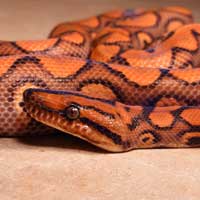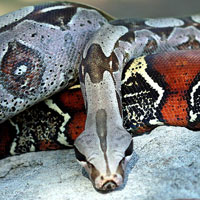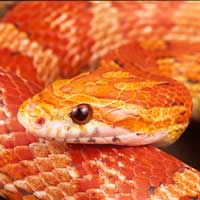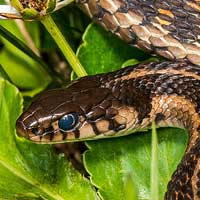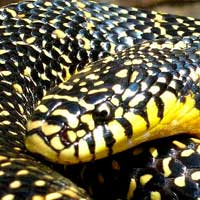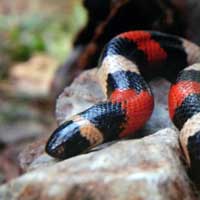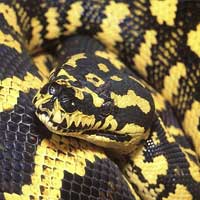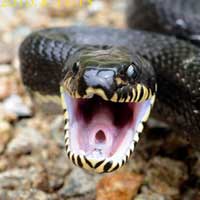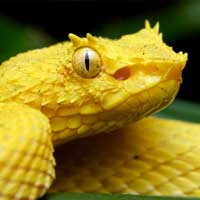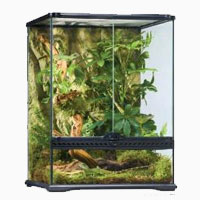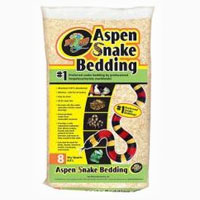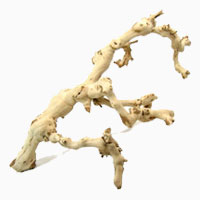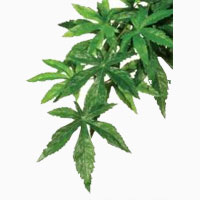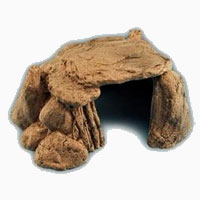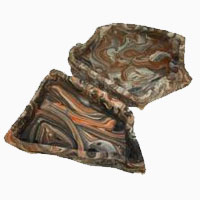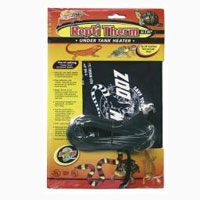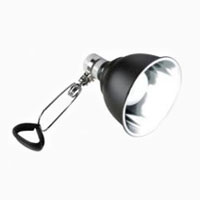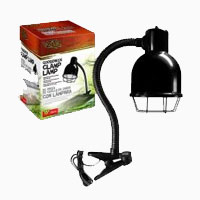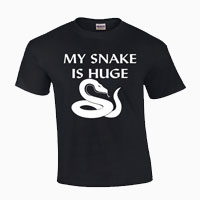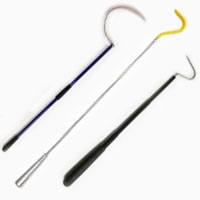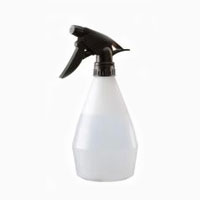Centralian Python
Scientific Name: Morelia Bredli
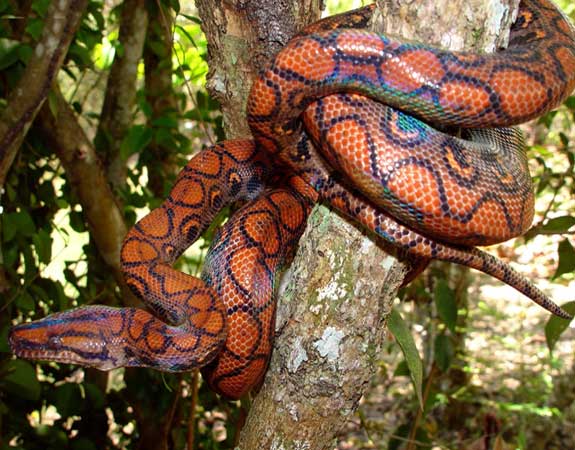
Share this Post
Centralian Python, scientifically known as Morelia bredli, is among the most beautiful pythons. It is non-venomous species with no subspecies documented. The reptile has heavily built body with adults growing to a full length of more than 2 meters. Its color patterns comprise in brown-reddish with pale markings on the skin. The black borders are highly concentrated towards the tip of the tail with yellowish belly. It is prevalent in Central Australia. The magnificent red color of the reptile helps it camouflage well in its red rock habitat. It is often found in seasonal riverbeds on trees.
A young Morelia bredli starts out in dull and brown color that will change with time. It gradually develops red coloration and dark orange well seen in natural light. An adult grows to a length of 8 feet though the female is bigger. Morelia bredli is considered top predators in its habitat. It feeds on prey five times the size of its head.
Centralian Pythons Are Beautiful Creatures
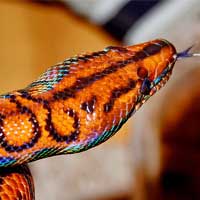
Facts About Centralian Pythons
Geographic Location
The Centralian Python lives in arid deserts of Central Australia and on the mountains of the southern region of Australia.
Habitat
It prefers very dry climate and usually resembles the color of the trees and undergrowth present in its habitat. It is common in a small region of Central Australia especially around the Alice Springs.
Behavior
It tends to be aggressive and partially agitated when shedding. It calm and submissive when satisfied.
Reproduction
The reptiles mate once a year and the female lays between 12 to 50 eggs. It coils around them to hatch for a period of 60 to 65 days.
Captivity
The reptile adapts well in captivity and feeds on mice and rats. It is used to adverse conditions that reflects it adaptability to dry lands of Australia. The Centralian Python needs a spacious cage for movement and regulation of temperature especially when one uses thermoregulatory devices.
